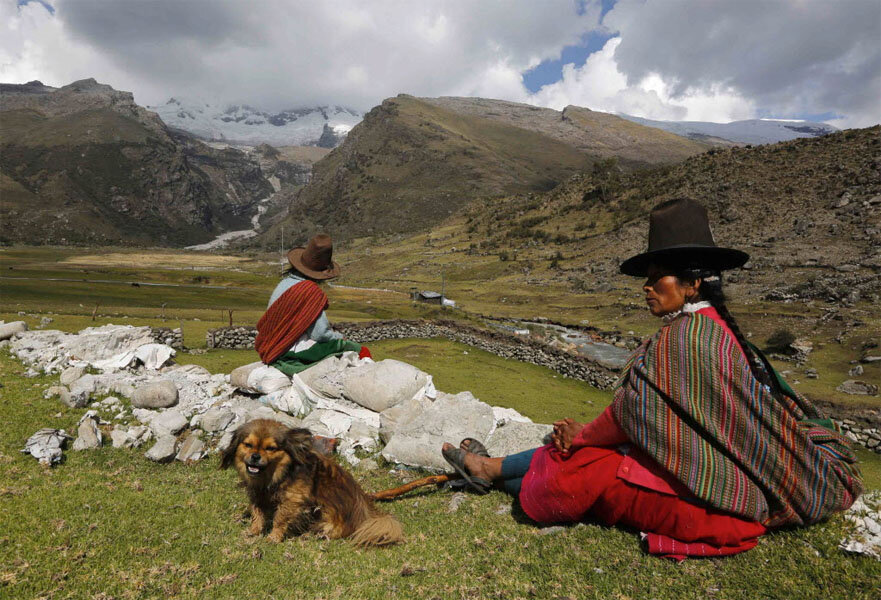More than half a million square miles of land have come under protection since 2012
The world is a bit more safeguarded than it used to be.
The largest marine reserve in the world, the Pacific Remote Islands Marine National Monument, was established after the White House mandated its expansion in September (See “Renewed drive to preserve oceans,” Sept. 8). And it looks as though the number of protected areas on land is rising as well, at an even faster rate than those in water.
Since 2012, more than half a million square miles of land have come under protection. Now more than 15 percent of terrestrial and inland water areas around the globe are under protection, toward a United Nations target of 17 percent by 2020, according to a recent report by the UN Environment Program (UNEP).
Terrestrial protected areas can be national parks, monuments, nature reserves, and wildlife sanctuaries, among other designations. Biologists assert that the limited access that comes with a protected area can keep threatened species and ecosystems from becoming too vulnerable to human activity. Conservationists also contend that protected areas with forests provide carbon sinks to mitigate the effects of climate change.
Conservation experts from the World Wildlife Fund met with representatives from the International Union for the Conservation of Nature (IUCN) in November for their decennial World Parks Congress on protected natural areas. Member states made commitments to establish a total of nearly 350 million acres of newly protected areas. The government of Peru announced at the World Parks Congress that it plans to work with WWF and other organizations to secure funding for the more than 70 protected areas across the Amazon rainforest.
Thomas Lovejoy, the biologist and George Mason University professor who coined the term “biological diversity” in 1980, told the Wilson Center in an interview that the fact that more than 50 percent of the Amazon today is under some form of protection would have seemed unthinkable when he first introduced the concept of biodiversity more than three decades ago.
And other countries are following suit. Bhutan officials said that more than 50 percent of the nation’s land area is now protected. The small country has also started a conservation fund that resembles Brazil’s equivalent for protection of the Amazon. In the past decade, nearly 100 new protected area sites have been established in Madagascar, where three-quarters of the population is living below the national poverty line.
“It is possible to effectively tackle poverty while preserving and sustainably using one’s natural capital,” Madagascan President Hery Rajaonarimampianina said during a World Parks Congress event. “Our natural capital is one of our greatest assets: Biodiversity and the protected areas are engines of our development.”
Though the likelihood may be high that the UN’s target for coverage of land areas will be met, officials from the UNEP and IUCN say that progress is lacking in other areas. The authors of the report cite a lack of effective management as a crucial problem – one that can make the existence of a protected site null.
The international organizations call for the creation of connective corridors between protected areas so that species like some big cats, which require larger areas of habitat, can move from one site to another.
They also claim that a greater effort should be put into familiarizing the general public with the benefits of having protected areas and attempting to get communities involved in the conservation of local sites.
“We live in a technological society where nature seems to be unnecessary or far away from us,” says Diego Juffe-Bignoli, program officer for UNEP’s Protected Areas Program. “However, what people don’t realize is that we still depend on nature for all the food we eat and all the water we drink and most of the commodities we use.”
“Protection is not in conflict with resource use,” he says. “Resources in protected areas can be used if managed sustainably.”
Despite the progress made by international organizations and cooperating governments, Mr. Lovejoy says there’s more to do. “There’s always a lot more possible than people realize,” he says. “It’s just up to human inclinations and human will.”







